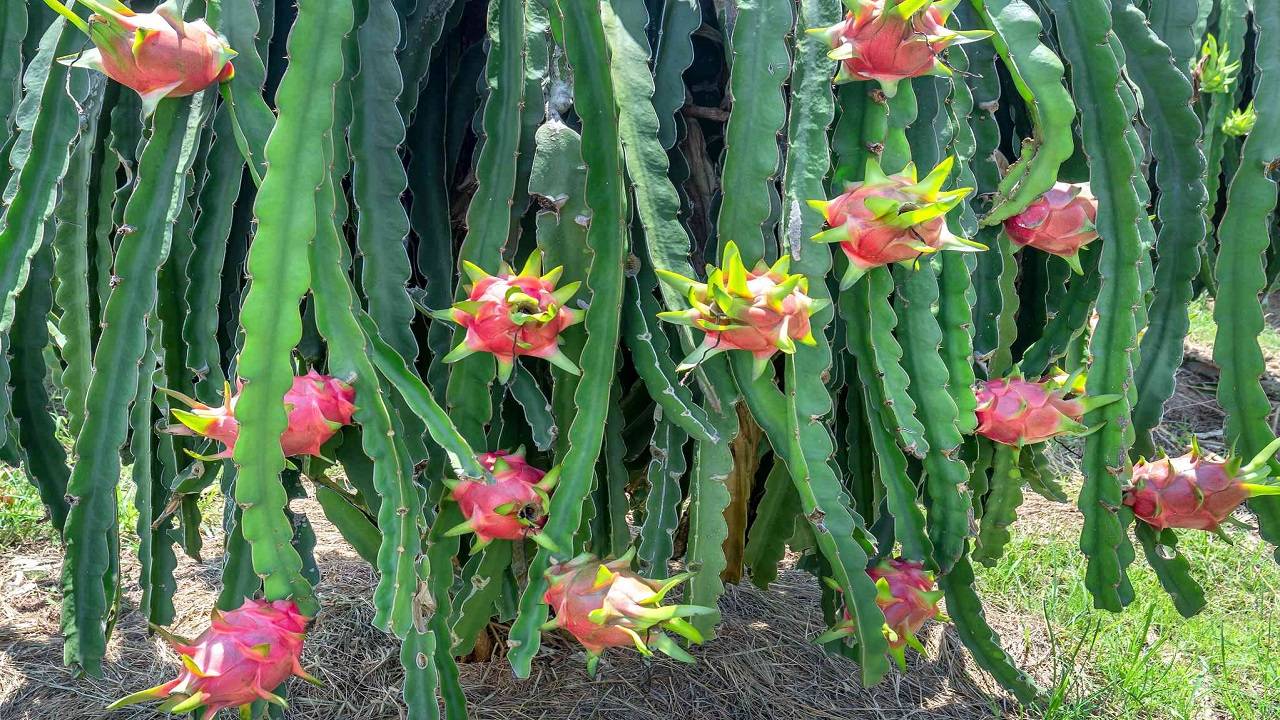
In the state of Punjab, staple crops like wheat, maize, sugarcane, paddy, and bajra dominate agricultural practices. However, many farmers, including Jitendra from Bathinda, struggled to earn a decent income from these traditional crops.
Jitendra, a government employee, faced the same challenge until he discovered the potential of dragon fruit cultivation, which prompted him to make a life-changing decision.
Government Employee Mints Millions With Dragon Fruit Cultivation
Dragon fruit, an unconventional crop in Punjab, piqued Jitendra's interest. Fuelled by determination and hard work, he embarked on a challenging journey. Initially, he encountered numerous obstacles, but with guidance from experts, he began cultivating dragon fruit on his ancestral land three years ago.
Dragon Fruit Cultivation Costs and Timeline
Dragon fruit cultivation is not for the impatient. It demands significant time and financial investments. The planting season spans from February to March, and unlike most crops, dragon fruit takes one to two years to mature. The initial expenses for one acre of land can total up to five lakh rupees.
Bountiful Returns by Dragon Fruit Cultivation
Despite the challenges, Jitendra's decision paid off. Dragon fruit commands an impressive price in the Indian market, with rates ranging from 600 to 800 rupees per kilogram. Jitendra's annual earnings from his dragon fruit harvest now reach an impressive 8 to 10 lakh rupees. Notably, dragon fruit is highly sought after by dengue patients and health-conscious individuals alike, further boosting its demand.
Thus, Jitendra's success story is a testament to the transformative potential of innovative farming practices in Punjab. His shift from traditional crops to dragon fruit cultivation not only significantly improved his family's financial well-being but also introduced a unique and health-conscious product to the market. This story underscores the importance of diversifying agricultural practices and embracing change in pursuit of a better future.
















